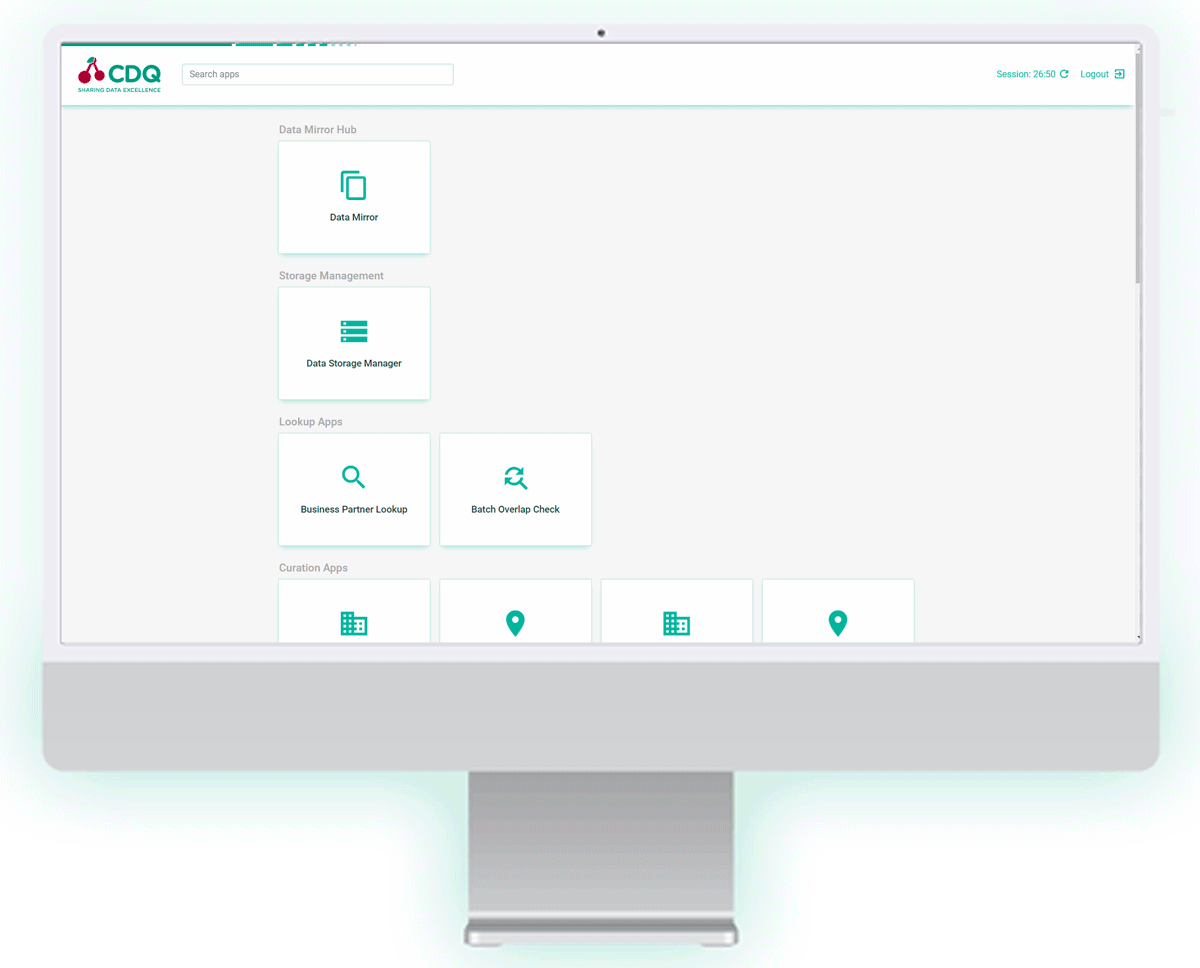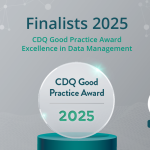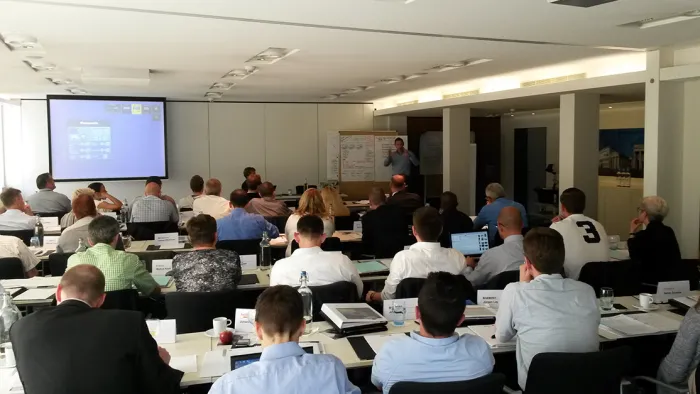One for all, and all in one: the CDQ Data Mirror

In a perfect world, all corporate master data would be in one place, centrally maintained and available to all employees. However, data managers all over the world know that this is primarily wishful thinking: data lies in silos, is maintained differently, and therefore has significant variations in quality. With the CDQ Data Mirror, we create a single source of truth for our customers that enables holistic and effective data maintenance.
Centralized data for procurement, finance and IT, unreal?
Customer and supplier master data should ideally be managed in one central location - this wish is cherished by data management staff in companies - and also procurement, the finance department, and marketing. In other words, everyone who needs to rely on complete and up-to-date information in their daily work. But the reality is usually different: Master data is stored in various departments, different systems, and distributed across multiple locations. This fragmentation not only significantly increases the effort required for data maintenance: Duplicates are almost pre-programmed due to the silo build-up, while the updating of information is often only performed on an irregular basis.
Let’s look into the mirror
In a Data Mirror, a customer can manage a copy of data, activate monitors for continuous analysis of this data, and disclose data for sharing. The concept of data mirrors is strongly connected to the concept of workspaces. In each workspace, only one Data Mirror can be managed. However, a customer can manage several Data Mirrors by managing several workspaces, e.g., for testing, or for separately managing data of several organizational units.
Technically speaking
Data Mirror is a data storage specifically registered in the workspace configuration. In detail, a workspace can comprise three storages to manage customer’s business partner data, bank account data, and data about the their organization. The latter is referred to as "homeland data" to emphasize the self-disclosure purpose of this capability.
3 steps to achieve central up-to-date data
- Step 1: A Data Mirror in a database infrastructure provided by CDQ brings all master data of all (siloed) systems in the company together.
- Step 2: The data is then centrally managed and maintained by all departments.
- Step 3: Everyone remains control and can decide when a record is ready to be changed.
Managing Data Mirror
The data mirror management app includes all functionalities to fully manage a data mirror. Within the data mirror it is possible to create and delete data sources and to manage mappings in terms of create / assign / edit and delete them. Furthermore, it is also possible to load the mirror by using all available loading options.

During the system's design of the data mirror, a strong focus was placed on data protection as well as data security.
Unlimited possibilities for data cleansing, deduplication, and enrichment
By combining the information in one place, harmonization, standardization and cleansing of data can be done according to a standardized model. With CDQ, over 2100 field-proven data quality rules ensure clean data records. And if required, these can also be enriched with attributes from other external data sources, such as national registers. Another advantage of central data storage is that duplicates can be identified and eliminated more effectively.
It is worth mentioning that CDQ's harmonized business model is already mapped to the SAP One Domain Model BusinessPartner. This enables a plug and play integration and an easy connection to your SAP systems.
Read more about CDQ integration with SAP
Data available for everyone
Centralized data maintenance in the Data Mirror not only saves considerable effort. Through the connection to the CDQ Data Sharing Community, companies and employees also benefit from a continuous update of existing customer and supplier data. Therefore, outdated information is a thing of the past - business processes thus become permanently more reliable, efficient, and cost-effective.
Turned into practice: Schwarz use case
During a joint webinar with CDQ, Stefan Peetz and Thomas Gutmann of Schwarz Group gave insights how their organization was able to successfully centralize system landscape while sustainably improving business partner data quality.

Get our e-mail!
Related blogs
Data Mesh and the case of Data Sharing
Fueled by the increasing demand for distributed, scalable, and agile data platforms that can enable
Does your data trick or treat you?
Imagine data so messy, it could be used as a scary Halloween costume. What seems entertaining at certain occasions, is not necessarily needed in the business…
Through the years with CDQ Academy: happy 10th anniversary!
It was October 2016 in Stuttgart. I walked into the seminar room and there he was, seated in the front row: my ex-boss, to whom I had owed so much of my hands…






